Chile Earthquake
Status: Closed
Update 4 | Summary
Posting Date: March 15, 2010, 2:00:00 PM
On Saturday, February 27, a magnitude 8.8 earthquake struck off the central coast of Chile. Two weeks later, AIR engineers are on site surveying the damage. The team is made up of AIR Principal Engineers Dr. Guillermo Franco and Dr. Tao Lai, and AIR Senior Research Engineer, Guillermo Leiva. Dr. Franco is also serving as member of the Earthquake Engineering Research Institute (EERI) team.
The photos and commentary below provide an initial glimpse into the kinds of damage patterns caused by this event. This report will be followed by subsequent communications as the team travels south and closer to the quake's epicenter.
Santiago, Chile
In Santiago, which was 325 km (200 miles) from the earthquake's epicenter, business is back to usual.
Damage is not widespread, but instead localized to a few buildings, including the airport. Damage at the airport was mainly non-structural and consisted mostly of large numbers of fallen ceiling tiles and some dislocated water pipes that were poorly anchored. Additionally, some pedestrian overpasses collapsed due to excessive lateral deformation. Airport workers stated that all of the mechanical ducts for HVAC and electric wiring purposes that ran through the ceiling suffered major damage, and current repairs are concentrated on fixing those.
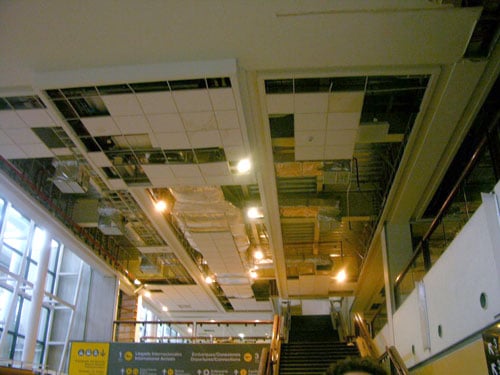
Figure 1: Tiles missing from ceiling of Santiago's airport; mechanical ducts under the tiles were also heavily damaged. Source: AIR
In Independencia, one of the communes that comprises the greater Santiago Metropolitan Region, an apartment building experienced a failure in its corner shear wall and was evacuated. Authorities deemed it uninhabitable following an assessment. Owners of property in the building only had insurance through their mortgages.
The shear wall of the building reflects a damage pattern consistent with excessive compression, possibly due to a strong vertical component of the ground motion. The compression triggered the buckling of the thick, longitudinal rebar which could not be adequately restrained by the relatively thin transversal rebars positioned at intervals that were too wide.
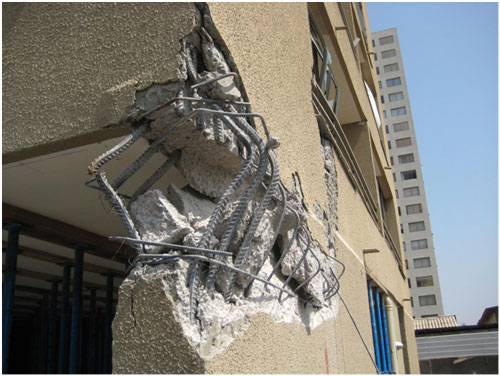
Figure 2: Shear wall failure, Independencia apartment building. Source: AIR
Figure 3 shows the damage on a first story wall. Again, the longitudinal bars have buckled outwards due to the same insufficient transversal restraint mentioned above. The building is currently being supported by temporary shoring.
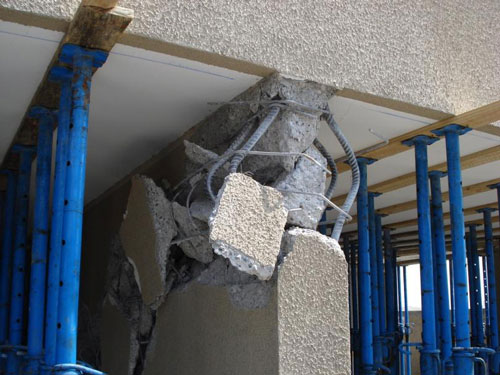
Figure 3: Buckling of these longitudinal bars within the shear wall may be consistent with a strong vertical component in the ground motion. Source: AIR
A block away, another apartment building suffered only relatively minor structural damage, constrained primarily to the stairwells. In the photo below, the stair slabs are missing concrete in the connecting segments and some segments, while still connected through some remaining rebar, appear to be slightly separated from each other. The team noted that rebars in the stair slabs here were not continuous from segment to segment, likely contributing to the potential separation of the stair slabs.
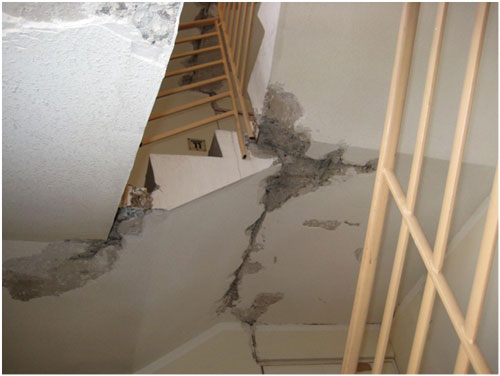
Figure 4: Damage to stairwell, Independencia apartment building. Source: AIR
The larger building in Figure 5, where the stairs in Figure 4 are located, consists of two L-shaped structures symmetrically arranged—and built within a year of each other. The construction joint was not adequately designed to provide enough separation to prevent the "pounding" that the structures have, in fact, experienced and, as a result, cracks were evident at the location of the joint (Figure 5).
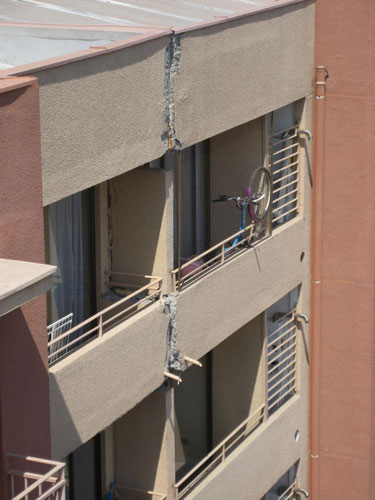
Figure 5: The larger building in Figure 5, where the stairs in Figure 4 are located, consists of two L-shaped structures symmetrically arranged—and built within a year of each other. The construction joint was not adequately designed to provide enough separation to prevent the "pounding" that the structures have, in fact, experienced and, as a result, cracks were evident at the location of the joint (Figure 5). Source: AIR
The possible torsion incurred by the two L-shaped structures during the shaking might have exacerbated the disconnection of the building's stair segments. Despite this and other damage, the building has been deemed habitable by assessment agencies. AIR's team was able to gain access to several of its rooms, where they observed toppled furniture and scattered contents.
In Santiago's Central Park, one building experienced two cases of dramatic failure to the exterior wall structure. Local residents reported that the major lateral shaking from the earthquake took place in the direction perpendicular to the façade shown here, which is the weakest direction of the building in terms of overall resistance. A neighboring building (in the far left background—constructed by the same company at the same time but rotated by 90 degrees—showed no damage. This suggests that the strongest lateral motion took place coincident with the first building's weakest direction and the second building's strongest direction. Hence, it is clear how the orientation of a building can affect its performance. However, it is often not possible to predict the direction of the strongest shaking in the next earthquake and, therefore, correctly design for it.
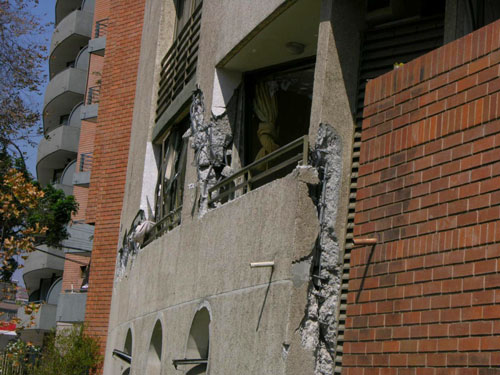
Figure 6: Failure of exterior wall, Central Park building. Source: AIR
In the building's basement, the team noticed several incidences of shear wall failure. In the photo below (Figure 7), a buckled longitudinal reinforcement of a very thin shear wall is visible, as is a failed section of concrete; the damage is in a pattern corresponding to excessive compression stress.
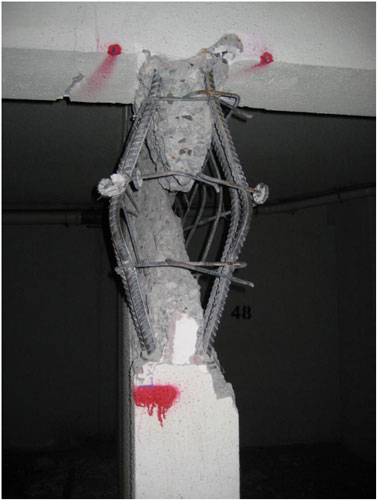
Figure 7: Buckled longitudinal reinforcement in shear wall, Central Park building basement. Source: AIR
It should be noted that the question of whether or not to demolish several of the damaged buildings discussed in this report is currently a very contentious—and politically loaded—one. There are already new businesses popping up that promise to introduce a high diameter column that can, in theory, be used to correct the tilts and resist the loads. Whether such efforts will succeed in fact is somewhat doubtful—and certainly remains to be seen.
In Maipú, another of the communes that comprise greater Santiago, AIR's team visited a building that was partially collapsed and will have to be demolished (Figure 8). The building was evacuated. Access was restricted and the team was not able to enter.
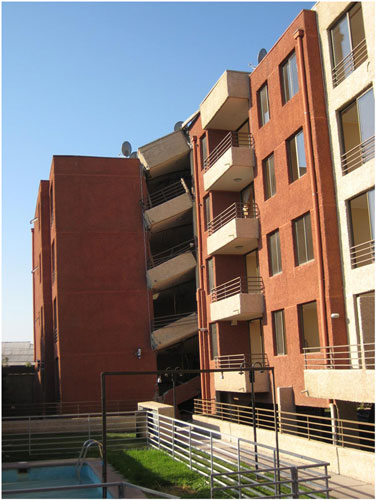
Figure 8: Partially collapsed building in Maipú, greater Santiago. Source: AIR
The building appears to have suffered an excessive lateral displacement; as a result it lost support from the load bearing walls (Figure 9).
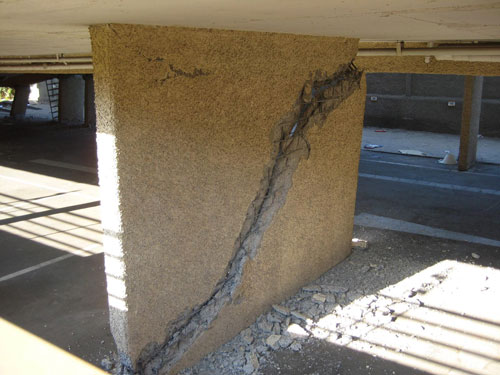
Figure 9: Complete shear failure of this shear wall in Maipú. Source: AIR
Elsewhere in the building, narrow walls spaced at distances of 3 meters behaved like domino tiles because they were parallel to one another with no walls oriented in the perpendicular direction. The lateral shaking from the earthquake along the weakest direction of these walls resulted in loss of support of all the walls.
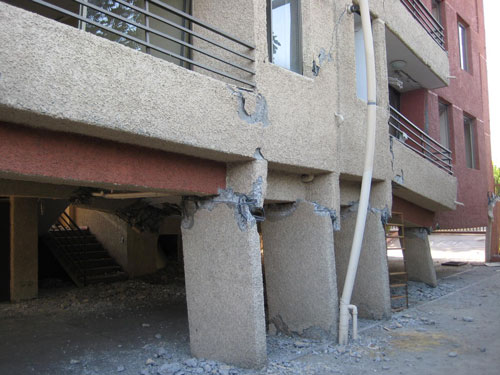
Figure 10: Shear walls behaved like dominos in this building in Maipú. Source: AIR
Note that even though the lateral resisting mechanism of the walls failed, the large diameter longitudinal rebars within the walls kept the structure standing, possibly saving many lives. AIR's team notes that the problem would have been avoided if the building had shown a more regular distribution of shear walls in both directions. A better design solution with some walls oriented in the perpendicular direction would have likely saved this building from being demolished.
Elsewhere in Maipú , AIR's team observed perhaps the most photographed of the buildings in Santiago damaged by this event. Figure 11 shows a series of buildings tilting toward a parking area, which suggests that the supports in that area were likely minimized in order to maximize space for parking.
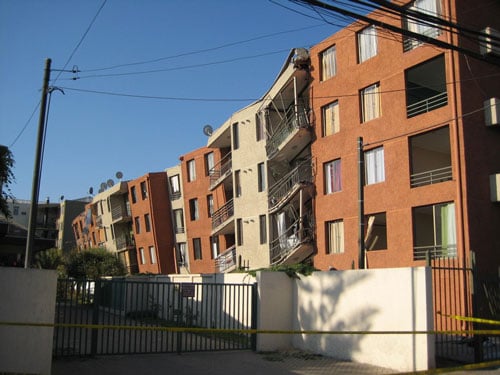
Figure 11: Series of tilting buildings, Maipú. Source: AIR
The building in Figure 12, also in Maipú, has shown increased tilt as a result of aftershocks. It will be demolished.
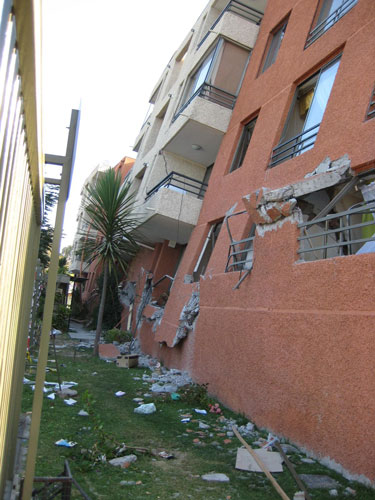
Figure 12: This building's tilt has increased as a result of strong aftershocks. It is scheduled for demolition. Source: AIR
AIR's survey team in Chile is continuing to survey various regions impacted by the February 27th earthquake and ALERT subscribers will be notified when additional damage survey reports are posted to the ALERT website. The AIR earthquake team will continue to review the available information and provide updates as warranted.